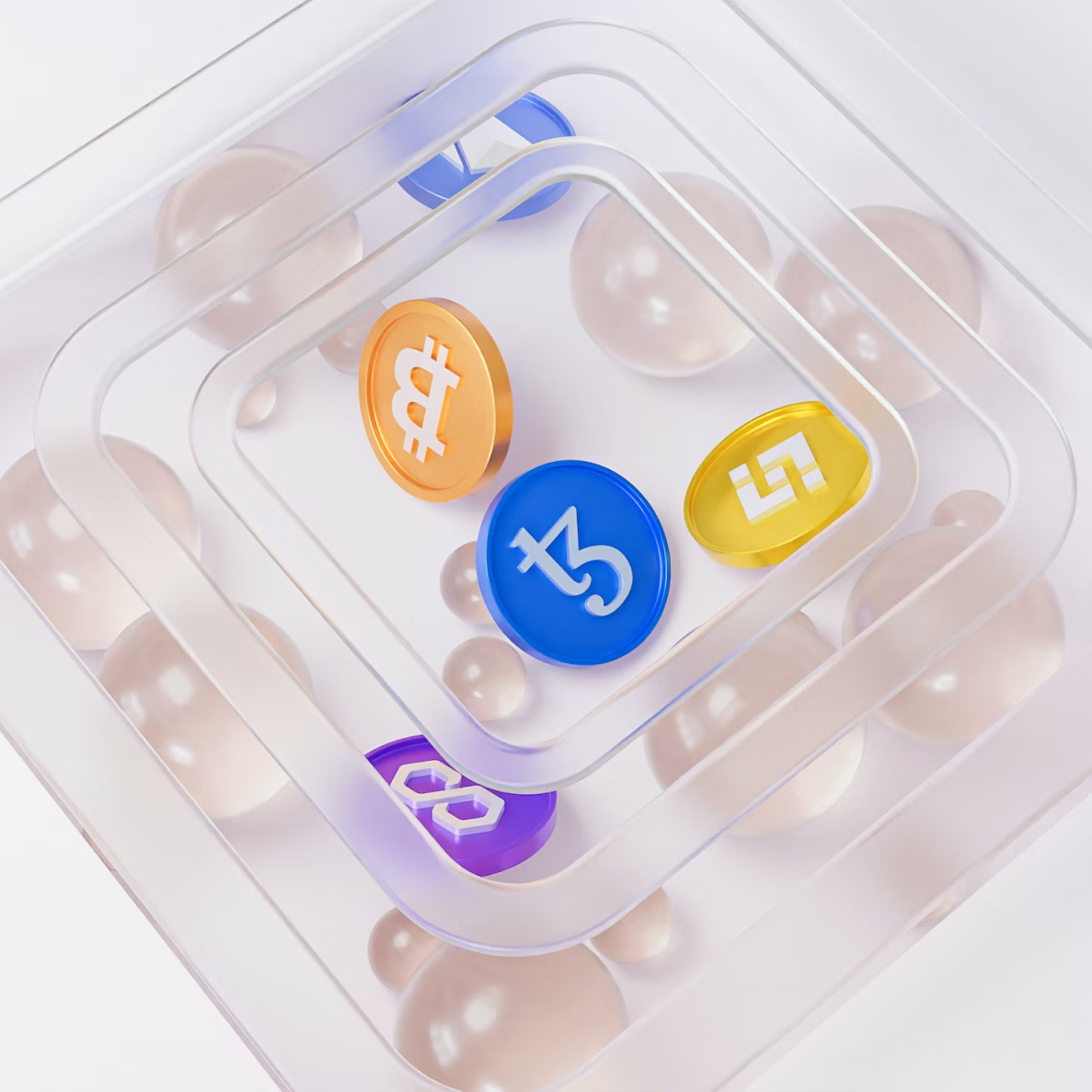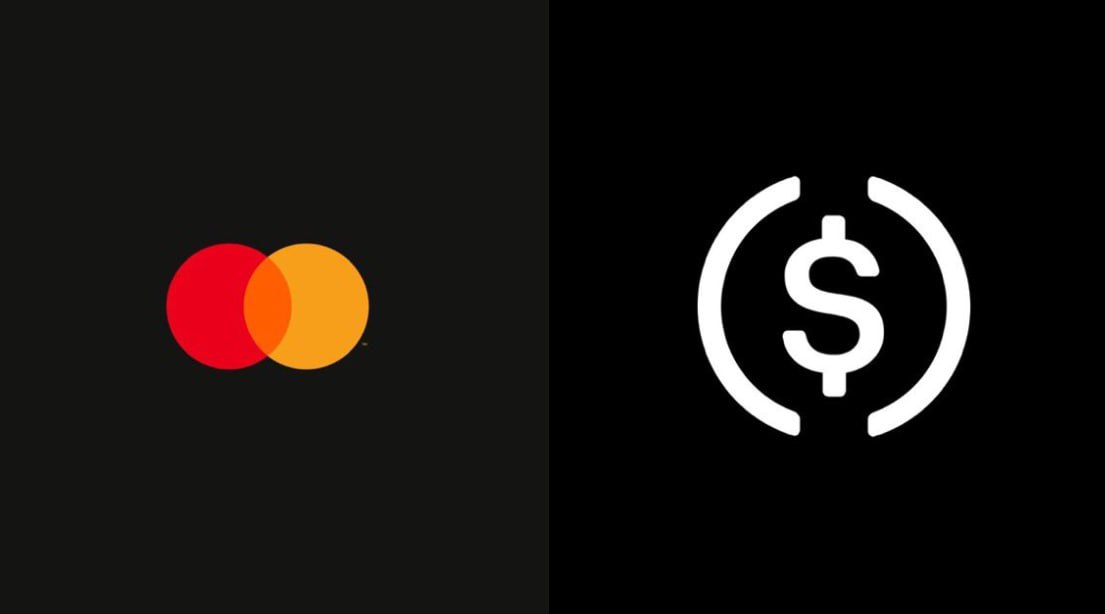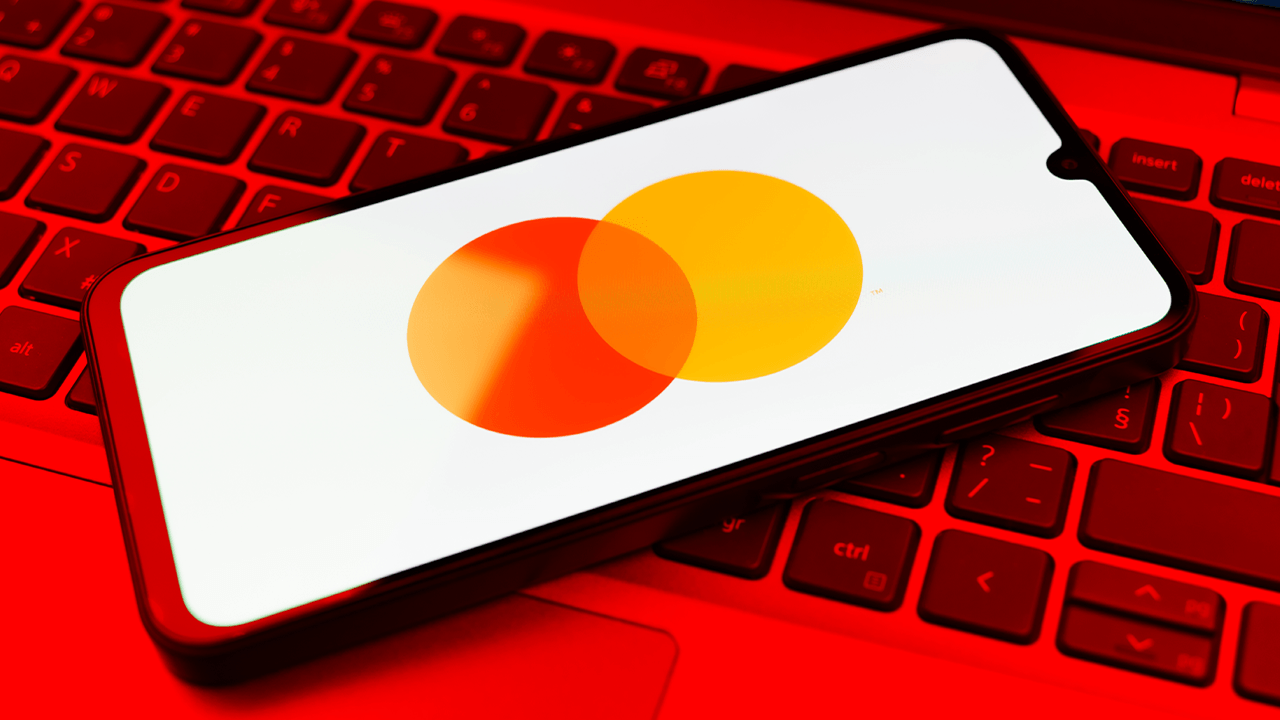Circle taps Mastercard and Finastra to push USDC into global payments

Circle, the company behind USD Coin (USDC), is pushing to make stablecoins a mainstream tool in traditional banking. The firm is announcing new partnerships with Mastercard and Finastra to integrate USDC into payment flows for merchants and banks worldwide.
These partnerships represent one of the most aggressive efforts yet to expand the use of stablecoins in everyday financial services. They arrive when regulators and banks are increasingly interested in how digital currencies can speed up settlement and reduce costs.
Mastercard announced that acquirers and merchants in Europe, the Middle East, and Africa (EMEA) will now be able to settle transactions in USDC and Euro Coin (EURC). It is the first time that settlement with stablecoins will be available on Mastercard’s regional network.
Arab Financial Services and Eazy Financial Services will initially launch the service. For merchants, this means payment can be cleared and settled faster and more efficiently than with conventional systems, many of which rely on intermediaries and protracted clearing cycles.
The service will help companies reduce friction and smooth liquidity, Mastercard said. Stablecoins can drive down the time and cost —and frankly make it easier — for international settlements and merchants to receive money in an environment where they never go to their correspondent bank.
Mastercard demonstrates confidence in digital assets as an adjunct to current payment rails by piloting stablecoin settlement in emerging markets. If it works, the model could spread to other areas.
Finastra brings USDC to cross-border payments.
Finastra, one of the largest financial software firms in the world, has added support for USDC to its Global PAYplus payment solution. This platform is of such wide use among banks that it handles over $5 trillion in cross-border transactions daily.
The integration also means that banks in at least 50 countries can settle payments in USDC even if the payment instructions are written in a legacy fiat currency, such as the dollar, euro, or British pound.
For the banks here, this is a big blow. They can use Circle’s blockchain-based settlement solution without changing their infrastructure. The plug-in solution enables them to provide quicker and more cost-effective international payments and keep up with the financial industry standards.
Finastra said the partnership offers a way for banks to innovate in cross-border payments, at scale. It also makes stablecoin use cases more feasible by plugging directly into legacy bank rails.
Circle drives global adoption of USDC
Circle’s activities with Mastercard and Finastra are part of a broader wave of efforts to grow USDC adoption worldwide. The development comes after the July passage of the GENIUS Act, which sets a federal framework for stablecoins in the U.S., the first of its kind in the country, and Circle’s accelerating tie-ups with key financial players.
Circle teamed up with crypto exchange OKX in July to allow zero-fee USDC conversions into U.S. dollars. This pumped up USDC liquidity in Asia, the Middle East, and Europe.
South Korea’s top banks, KB Kookmin, Shinhan, Hana, and Woori, are reportedly preparing to meet with Circle to explore a potential partnership in the stablecoin market.
The meeting, scheduled during Tarbert’s visit to Seoul this month, is part of South Korean banks’ push to enter the stablecoin sector as the country moves toward establishing a regulatory framework for digital assets.
As reported by Cryptopolitan earlier last week, major commercial banks in South Korea are ramping up preparations for stablecoin issuance ahead of upcoming legislation to shape the sector.
Sources indicate that discussions have focused on potential collaborations with domestic fintech and tech giants as well as with international issuers of dollar-backed stablecoins, such as Circle.
Circle also teamed up with SBI Group, Ripple, and Startale in Japan to further USDC uptake and create a tokenized asset platform for real-world assets. Together, these moves suggest a clear strategy: Embed USDC into the world’s financial arteries, from merchant settlements to cross-border banking.
KEY Difference Wire: the secret tool crypto projects use to get guaranteed media coverage
Circle taps Mastercard and Finastra to push USDC into global payments

Circle, the company behind USD Coin (USDC), is pushing to make stablecoins a mainstream tool in traditional banking. The firm is announcing new partnerships with Mastercard and Finastra to integrate USDC into payment flows for merchants and banks worldwide.
These partnerships represent one of the most aggressive efforts yet to expand the use of stablecoins in everyday financial services. They arrive when regulators and banks are increasingly interested in how digital currencies can speed up settlement and reduce costs.
Mastercard announced that acquirers and merchants in Europe, the Middle East, and Africa (EMEA) will now be able to settle transactions in USDC and Euro Coin (EURC). It is the first time that settlement with stablecoins will be available on Mastercard’s regional network.
Arab Financial Services and Eazy Financial Services will initially launch the service. For merchants, this means payment can be cleared and settled faster and more efficiently than with conventional systems, many of which rely on intermediaries and protracted clearing cycles.
The service will help companies reduce friction and smooth liquidity, Mastercard said. Stablecoins can drive down the time and cost —and frankly make it easier — for international settlements and merchants to receive money in an environment where they never go to their correspondent bank.
Mastercard demonstrates confidence in digital assets as an adjunct to current payment rails by piloting stablecoin settlement in emerging markets. If it works, the model could spread to other areas.
Finastra brings USDC to cross-border payments.
Finastra, one of the largest financial software firms in the world, has added support for USDC to its Global PAYplus payment solution. This platform is of such wide use among banks that it handles over $5 trillion in cross-border transactions daily.
The integration also means that banks in at least 50 countries can settle payments in USDC even if the payment instructions are written in a legacy fiat currency, such as the dollar, euro, or British pound.
For the banks here, this is a big blow. They can use Circle’s blockchain-based settlement solution without changing their infrastructure. The plug-in solution enables them to provide quicker and more cost-effective international payments and keep up with the financial industry standards.
Finastra said the partnership offers a way for banks to innovate in cross-border payments, at scale. It also makes stablecoin use cases more feasible by plugging directly into legacy bank rails.
Circle drives global adoption of USDC
Circle’s activities with Mastercard and Finastra are part of a broader wave of efforts to grow USDC adoption worldwide. The development comes after the July passage of the GENIUS Act, which sets a federal framework for stablecoins in the U.S., the first of its kind in the country, and Circle’s accelerating tie-ups with key financial players.
Circle teamed up with crypto exchange OKX in July to allow zero-fee USDC conversions into U.S. dollars. This pumped up USDC liquidity in Asia, the Middle East, and Europe.
South Korea’s top banks, KB Kookmin, Shinhan, Hana, and Woori, are reportedly preparing to meet with Circle to explore a potential partnership in the stablecoin market.
The meeting, scheduled during Tarbert’s visit to Seoul this month, is part of South Korean banks’ push to enter the stablecoin sector as the country moves toward establishing a regulatory framework for digital assets.
As reported by Cryptopolitan earlier last week, major commercial banks in South Korea are ramping up preparations for stablecoin issuance ahead of upcoming legislation to shape the sector.
Sources indicate that discussions have focused on potential collaborations with domestic fintech and tech giants as well as with international issuers of dollar-backed stablecoins, such as Circle.
Circle also teamed up with SBI Group, Ripple, and Startale in Japan to further USDC uptake and create a tokenized asset platform for real-world assets. Together, these moves suggest a clear strategy: Embed USDC into the world’s financial arteries, from merchant settlements to cross-border banking.
KEY Difference Wire: the secret tool crypto projects use to get guaranteed media coverage

